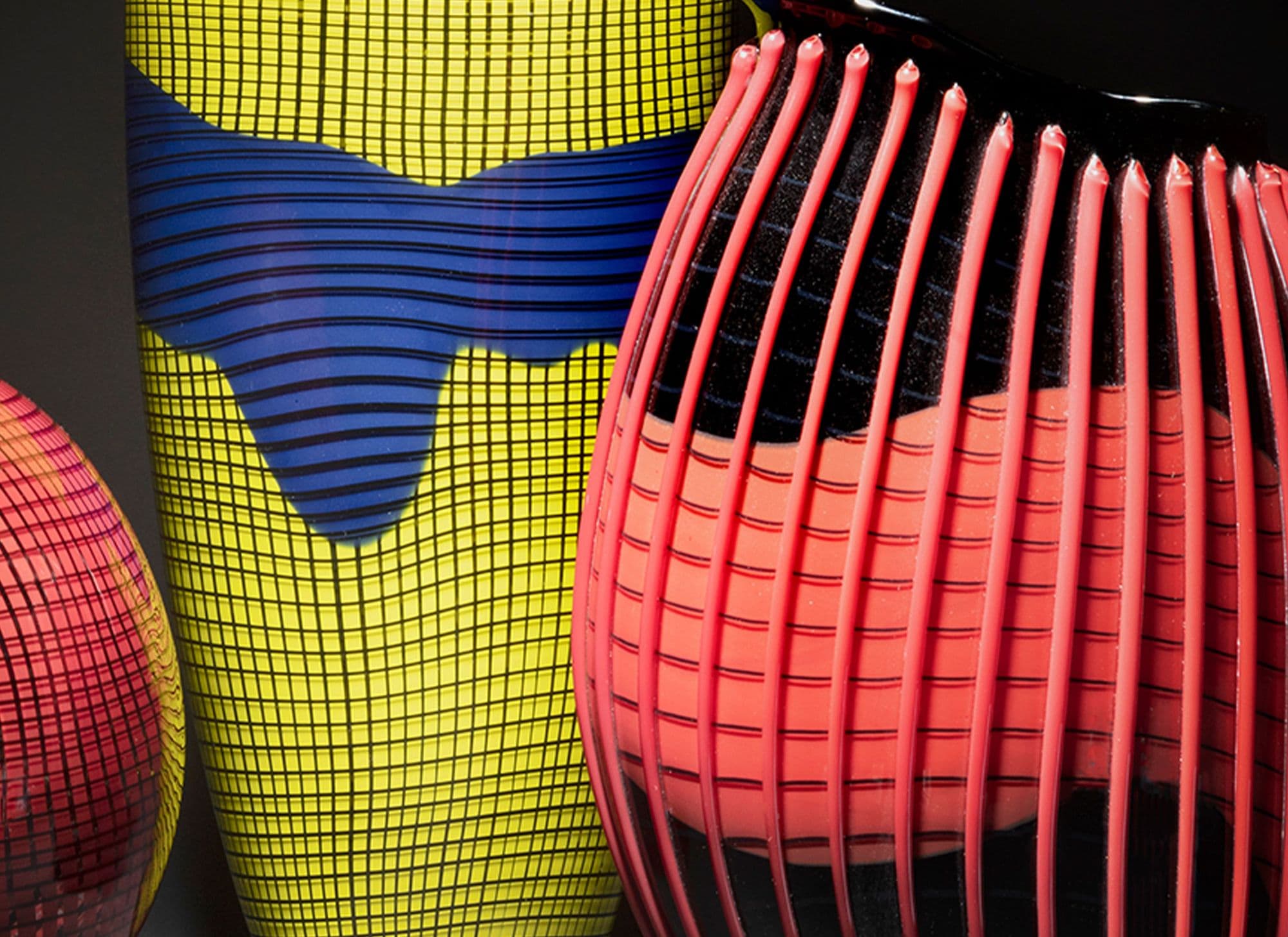Born to a wealthy middle-class Milanese family, Piero Fornasetti was groomed to take over the family’s entrepreneurial pursuits as the eldest son. However, by the age of ten Piero was already displaying great promise as an artist, producing complex artistic pieces: landscapes, portraits, architectural elements, and even some hot air balloon design.
Despite having an unquenchable thirst for knowledge, Fornasetti found it hard to follow the rules and regulations of any school due to his rebellious nature. In 1932, he enrolled at the Accademia di Brera, but was expelled for insubordination two years later. He later enrolled in the Scuola Superiore of Arts Applied to Industry at Castello Sforzesco.
Fornasetti started to study engraving and printing techniques from the early 1930s and established the Fornasetti Art Printshop. Some of the greatest artists of the period took note of his skill and he began printing artist books and lithographs for clients such as Giorgio de Chirico, Carlo Bo, Fabrizio Clerici, and Lucio Fontana.
Fornasetti has one of the largest outpours of works of the twentieth century, producing over 13,000 works. His interests were varied, and he produced a plethora of different objects: from tables to paintings, from lamps to waistcoats, from umbrella stands to ceramic plates. Fornasetti found much influence in his country’s culture and visual history. Neoclassical themes are present in much of his works, particularly with architectural features making numerous appearances. Painters Giotto and Piero della Francesca, along with Renaissance frescoes and paintings from Pompeii also influence much of his work.





